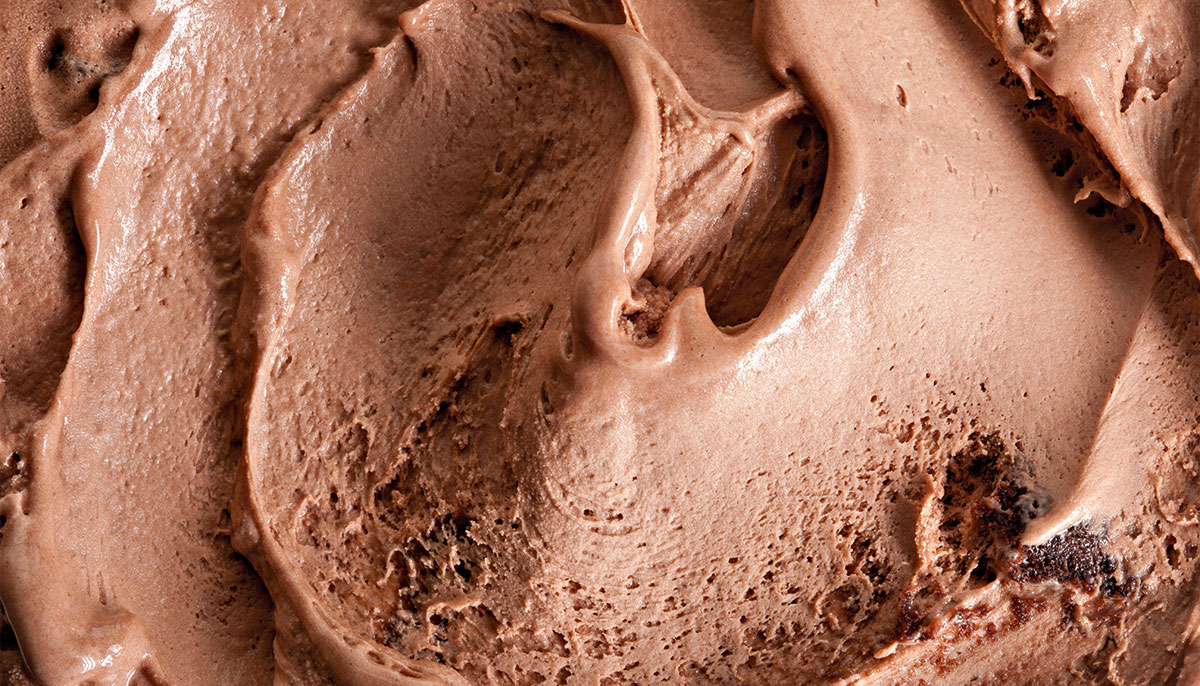As I took the last bite of my Ben & Jerry’s Chocolate Chip Cookie Dough ice cream, a wave of anger and self-judgment washed over me. I had done it again—after a distressing encounter with my boyfriend, I’d given in to my craving and devoured a pint of ice cream, covered in fudge sauce. But, for some reason I can’t pinpoint, something different happened this time. I paused amid the self-criticism and offered a moment of kindness and compassion to myself, and especially, to my unfulfilled longing. After that, my binge eating subsided.
The Pali word for craving is tanha, which means thirst. In the Buddhist tradition, hungry ghosts represent tanha. A being with a giant belly but only a sliver of a throat, a hungry ghost suffers because it is never able to eat enough to fulfill its voracious need. The second noble truth posits that craving and desire are at the root of dukkha or suffering.
Those of us who practice the Buddha’s path of awakening will consciously encounter craving regularly in our practice. We learn that if we simply resist, indulge, or ignore it, we won’t see the root of craving and how it leads to suffering.
My grandmother raised me after my parents died, one after the other, during my teenage years. Wanting to comfort our grief through food, Granny stocked our apartment with my favorite desserts. Ice cream, fudge sauce, chocolate cake, brownies, and chocolate chip cookies were always on hand. In my immense grief, I indulged to my heart’s content.
As I reached adulthood, I kept a stash of chocolate treats around the house. When guilt arose after I ate a dessert, I would throw the sweets into the trash can and douse them with household cleaner to ensure I wouldn’t fish them out and devour them.
Over time, I realized my resistance only made my craving worse. Although I rarely ate in harmful quantities, an inner voice was always judging, ordering me to stop even if I was only having a square or two of dark chocolate.
One day, while working on a challenging project, that familiar craving made itself known, beckoning me to the kitchen for a chocolate snack. I remembered that time, years before, when—after eating Ben & Jerry’s—I’d offered kindness to my craving. “What if I do that now,” I asked myself, “in advance of eating the chocolate, rather than resisting the craving?” I stopped and began to explore the deeper terrain of longing in my heart. I noticed that familiar sense of loneliness that began when my mother died.
Loneliness was at the core of this craving. I let it into my heart and wept. I felt my mother’s presence and let her know I missed her. For the first time, I understood my craving masked a longing for connection. Nothing could make it go away. Chocolate was only a temporary fix.
Becoming intimate with the longing opened a door to my heart. I realized that I don’t need to get rid of the longing because it holds a connection to my mother and my own tenderness. With time, this practice helped me uncouple the longing from impulsive trips to the kitchen. I still eat chocolate, but it’s no longer tied to an intense desire for connection.
Craving has many faces. I don’t advocate this direct approach for all types of craving. For some, craving leads to destructive forms of addiction, so other approaches such as 12-step meetings, therapy, or professional treatment are necessary.
And craving is not always tied to childhood wounds and trauma; it is just part of the human condition. We all need sustenance, so it’s natural to crave sugar and fat, and we may also crave pleasure simply to avert boredom or discomfort. Craving has positive aspects as well, such as the desire to awaken and be freed from suffering. This form of wholesome craving leads many of us to the dharma and keeps us practicing.
Here is how you might work with craving in your practice:
Give yourself permission to pause and explore the scope of longing rather than immediately resisting or acting on it. Notice your usual patterns around strong cravings and the ways you react. Is there judgment, resistance, guilt, or a strong edict to not act on it again? See if you can soften your narratives and intervene with kindness and presence instead.
As you become familiar with the mental activity around craving, move closer to the feeling itself. Like anger, craving is an energy that often feels too charged to meet initially with mindful awareness. You may need to go slowly and simply touch the outer edges at first. What is the texture of craving? Where does it show up as a felt sense in the body? What are the thoughts and narratives that accompany the craving? Can you see these narratives without believing or following them? Use the body as an anchor to keep you in the present moment as you explore how longing moves through you. If it feels too charged, step away and return to it later.
Balance your longing with equanimity by nurturing a sense of connection to all who struggle with craving. Extend compassion outward toward all beings who suffer. Through this practice our hearts begin to touch craving’s universality, which helps our longing feel less personal or shameful. Offer compassionate phrases to the longing, for yourself and all beings, such as “May this longing be a kind and wise teacher,” “May we see and care for all parts of ourselves,” “May we meet our longing with patience and loving presence.”
Through these practices, we can learn to let go of resisting and judging, and instead feel the fullness of longing. With open and tender hearts, we begin to live in the loving awareness that is the essence of our being. We can connect internally and externally in healthy and warm-hearted ways, even as we crave.
This article is from the March 2024 issue of Lion’s Roar magazine.

